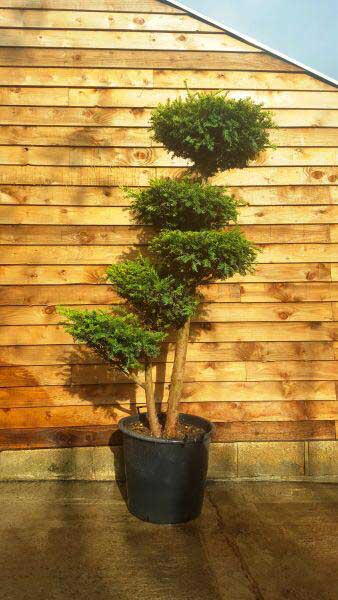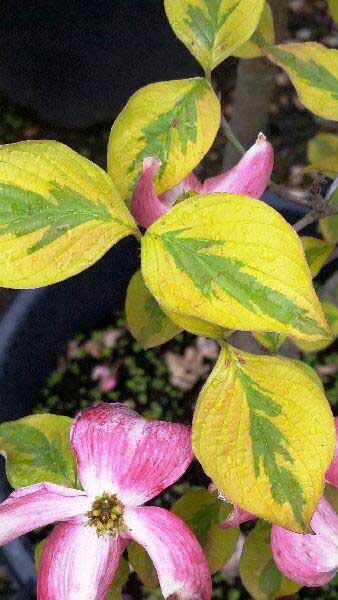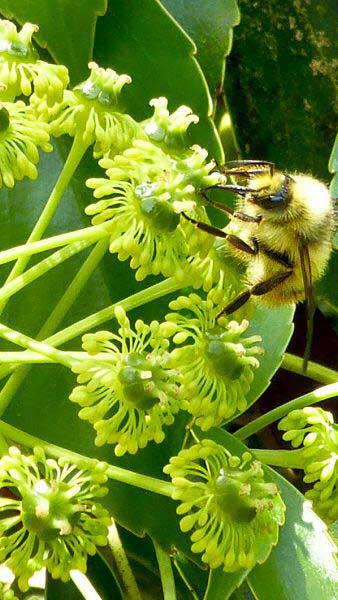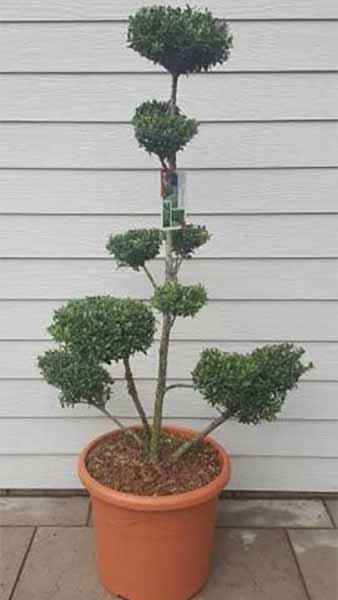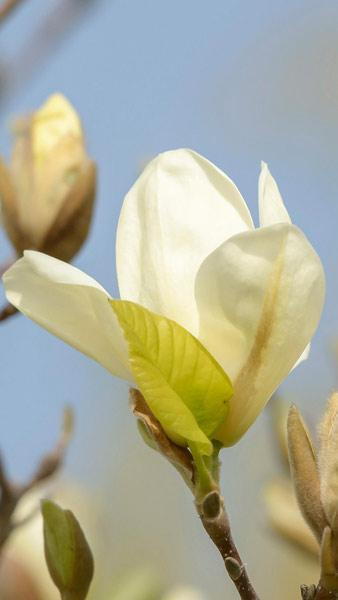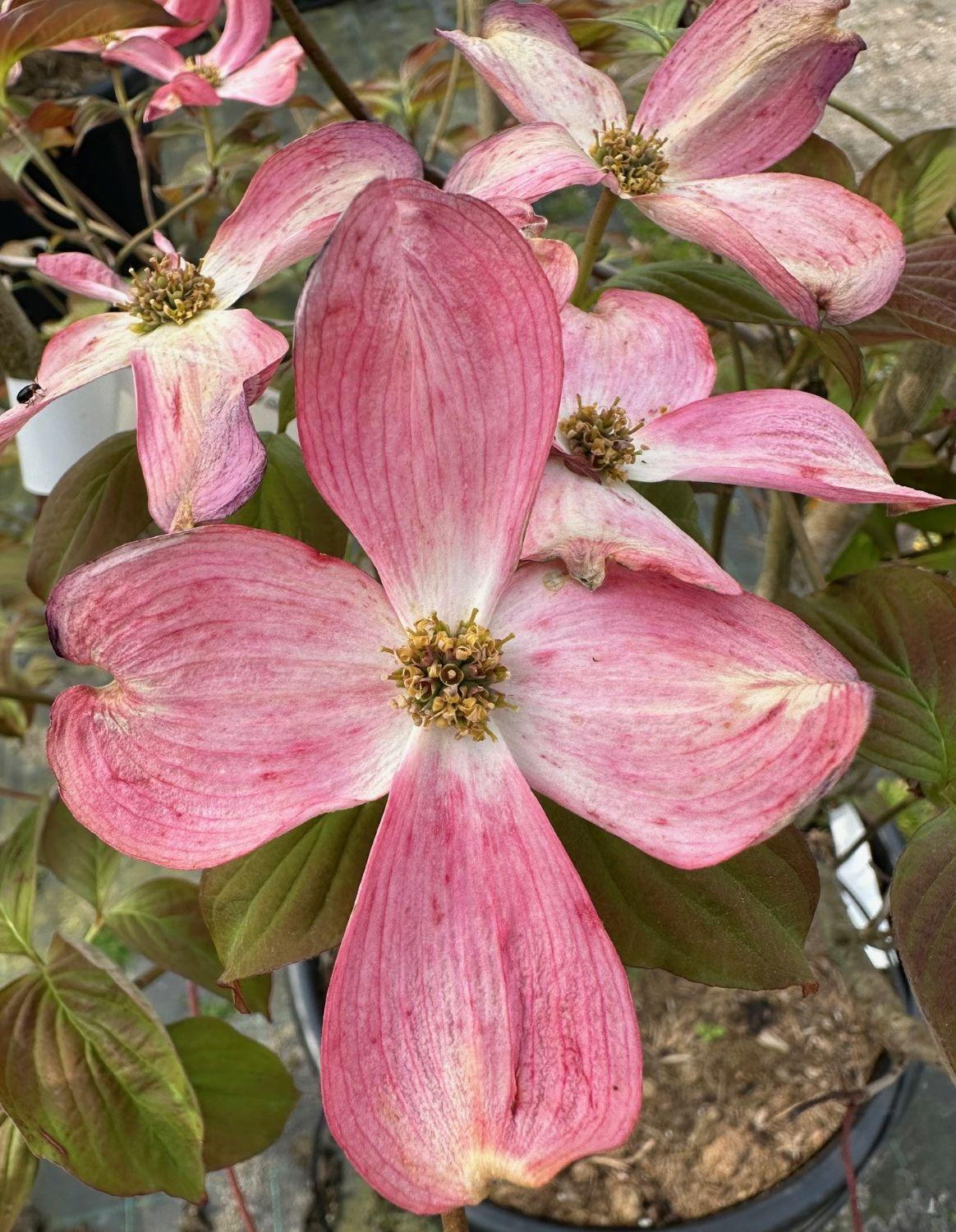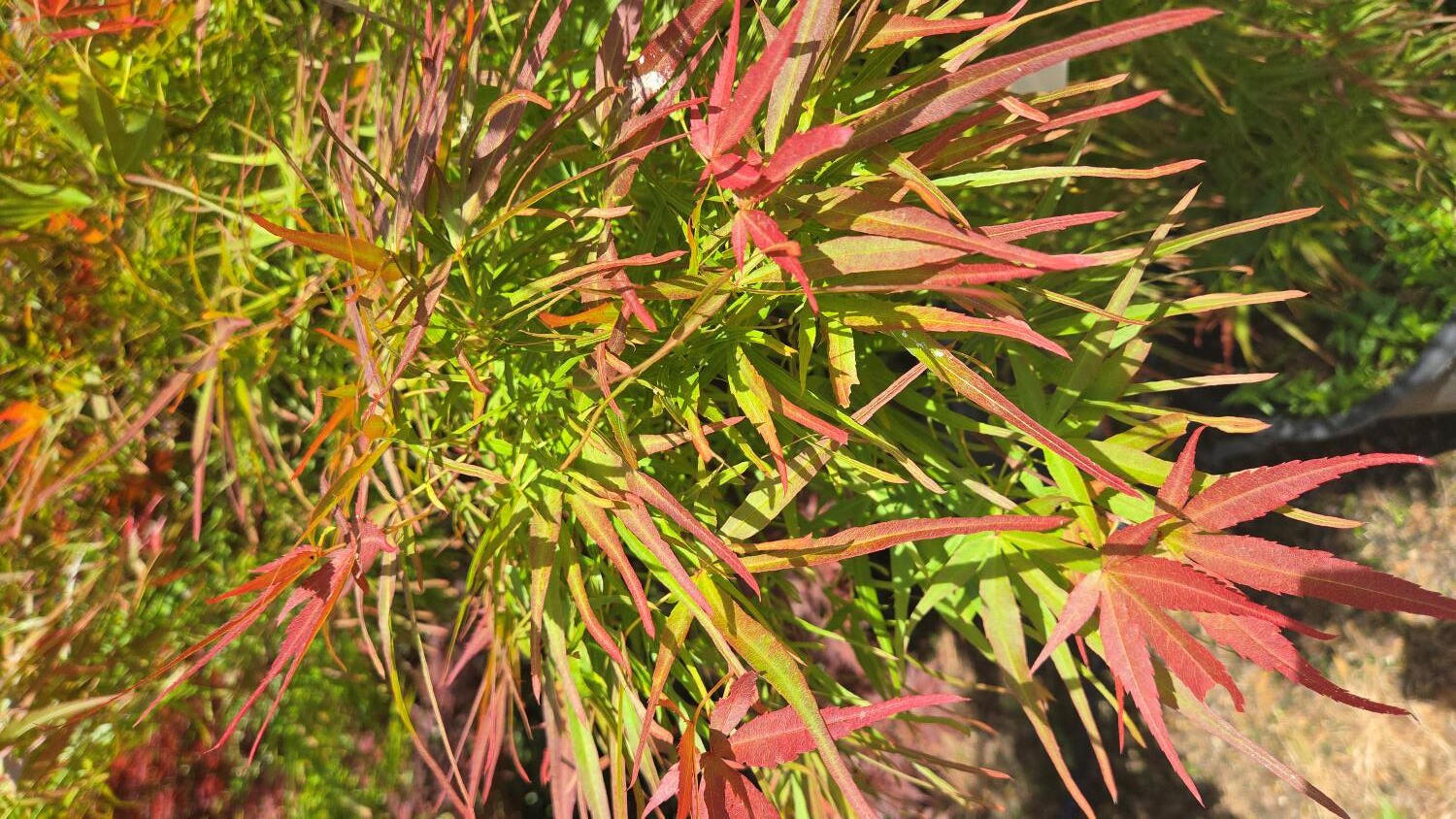Magnolia Denudata Yellow River Magnolia Yellow Flowering
Magnolia Denudata Yellow River or Magnolia Yellow River, is a stunning spring beauty with fragrant, showy yellow blooms. These deciduous spring-flowering magnolia trees are mature specimen trees that will get off to a quick start!Magnolia Denudata is a family of magolias native to China, where it is known as the Lily Tree. The cultivar Yellow River is a relatively recent hybrid from there, which is still quite rare in the UK as indeed are Yellow flowering magnolias in general. In April and May, the fragrant flowers appear before the leaves, covering the branches with upright goblet-shaped blooms in a stunning shade of primrose-yellow, up to 10 cm in length. The leaves that then emerge are large, oval and an attractive shade of glossy green, turning to yellow and brown in autumn. In winter, the large buds for next spring’s flowers add interest.Hardy in most parts of the UK, Magnolia Denudata Yellow River will grow to a mature height of 6 metres and spread of 5 metres. Little pruning is required to maintain the attractive rounded shape of the crown, but if desired, prune immediately following the spring flowering.Plant Magnolia Denudata Yellow River in full sun or partial shade in a sheltered position with a south or west facing aspect, in moist but well-drained loam, sand or clay soil with an acid to neutral pH. Mulch in spring with compost. Protection from the wind is important, as strong winds could damage the flowers. It is moderately tolerant of salt, so can be planted in coastal areas as long as it is protected from strong winds.Magnolia Denudata Yellow River is a tree that you will want to place front and centre so that its stunning spring show can be properly enjoyed. This specimen is perfect as a focal point on even a small lawn, where the luminous yellow flowers will be a show-stopper! Planted in a woodland garden, it will be a bright highlight when in bloom. Next to a patio, you get to enjoy the fragrant flowers up close, and then get the benefit of summer shade, as well as the winter interest of the bare branches and buds.Magnolia Denudata Yellow River will light up your garden when it bursts into bloom in spring, only getting better with each passing year! Our mature specimens will quickly fill in that perfect spot!
